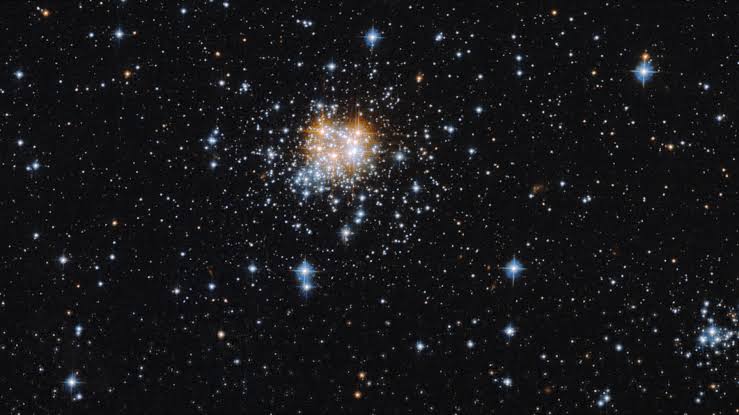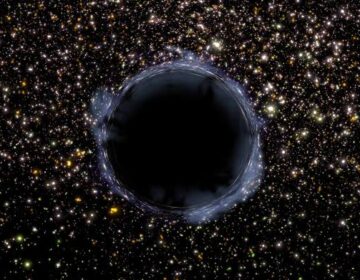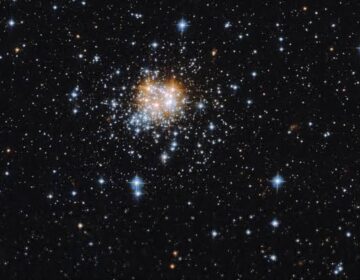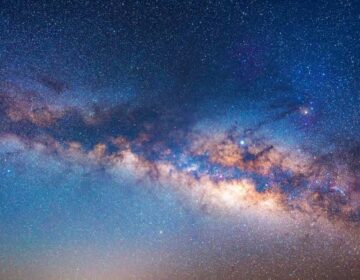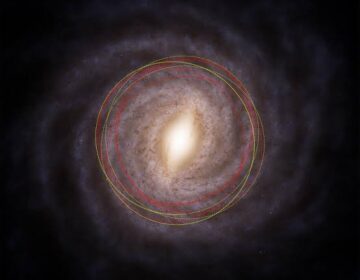This Glittering Ball of Stars Is 160,000 Light-Years Away
By comparing these ancient stellar time capsules in dwarf galaxies to similar clusters in the Milky Way.
Researchers test whether multiple generations of stars are a cosmic norm. The findings promise new clues to the formative histories of both our neighbor galaxies and our own.
Cosmic Spotlight on NGC 1786
Hubble’s featured images turns our attention to NGC 1786, a dense ball of stars known as a globular cluster.
It sits inside the Large Magellanic Cloud (LMC), a small satellite galaxy orbiting the Milky Way about 160,000 light-years from Earth.
Located in the southern constellation Dorado and first recorded by astronomer John Herschel in 1835, NGC 1786 now shines in unprecedented detail thanks to the Hubble Space Telescope.
Comparative Study of Ancient Clusters
The image is part of a project that contrasts the oldest globular clusters in three nearby dwarf galaxies with their counterparts in the Milky Way.
Our galaxy contains more than 150 of these spherical, tightly bound star groups, and Hubble’s sharp vision has revealed them with remarkable clarity.
Because globular clusters are extremely stable and endure for billions of years, astronomers treat them as “galactic time capsules,” preserving stars from the earliest chapters of each galaxy’s history.
Astronomers once thought that the stars in a globular cluster all formed together at about the same time.
The study of the old globular clusters in our galaxy has uncovered multiple populations of stars with different ages.
In order to use globular clusters as historical markers, we must understand how they form and where these stars of varying ages come from.

